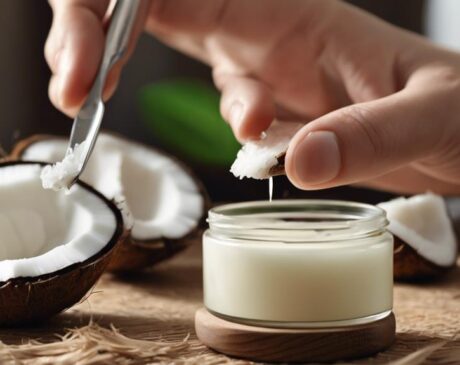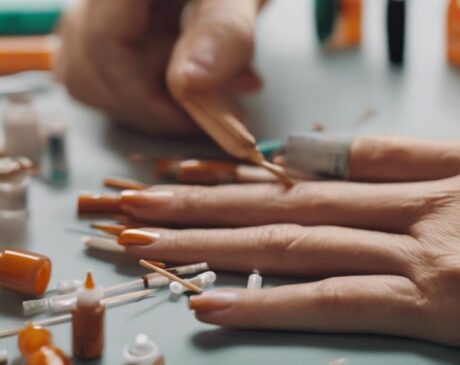Will Liquid Nails Stick to Anything?
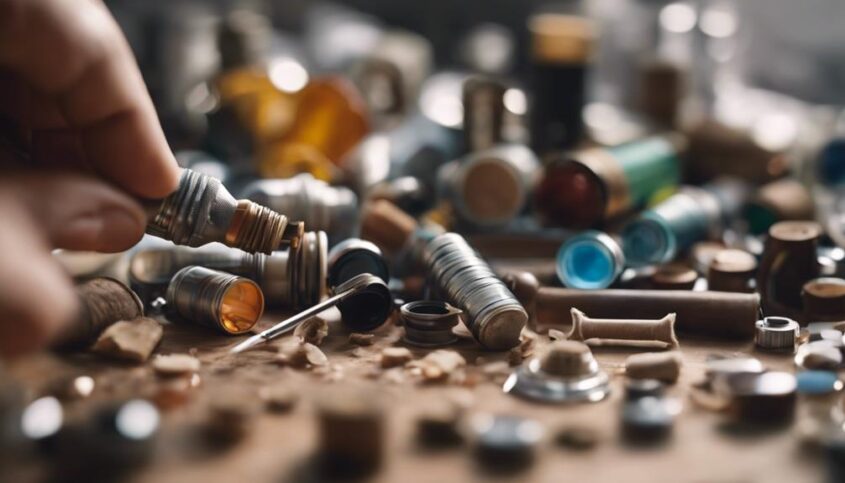
Liquid Nails is a versatile construction adhesive that can bond to a variety of materials including wood, drywall, concrete, metal, plastics, foam, ceramics, and more. The adhesive's strength and durability make it suitable for different surfaces, from porous to non-porous. Factors like surface preparation, application technique, and environmental conditions impact its adhesion strength. To maximize its effectiveness, proper application methods and surface preparation are crucial. Remember, for optimal results, follow recommended techniques, use clamps for secure bonding, and allow sufficient drying time. For more tips on using Liquid Nails effectively, explore further.
Key Takeaways
- Liquid Nails can bond a variety of materials, including wood, drywall, concrete, metal, and diverse surfaces.
- The adhesive offers strong bonding capabilities with porous and non-porous materials like plastics, foam, and ceramics.
- Surface preparation is crucial for adhesion strength, considering factors like porosity, smoothness, and cleanliness.
- Proper application technique, including correct amount, uniform spreading, and firm pressure during curing, enhances adhesion performance.
- Temperature and humidity affect drying time and adhesion, making optimal conditions essential for strong and lasting bonds.
What Is Liquid Nails Adhesive?
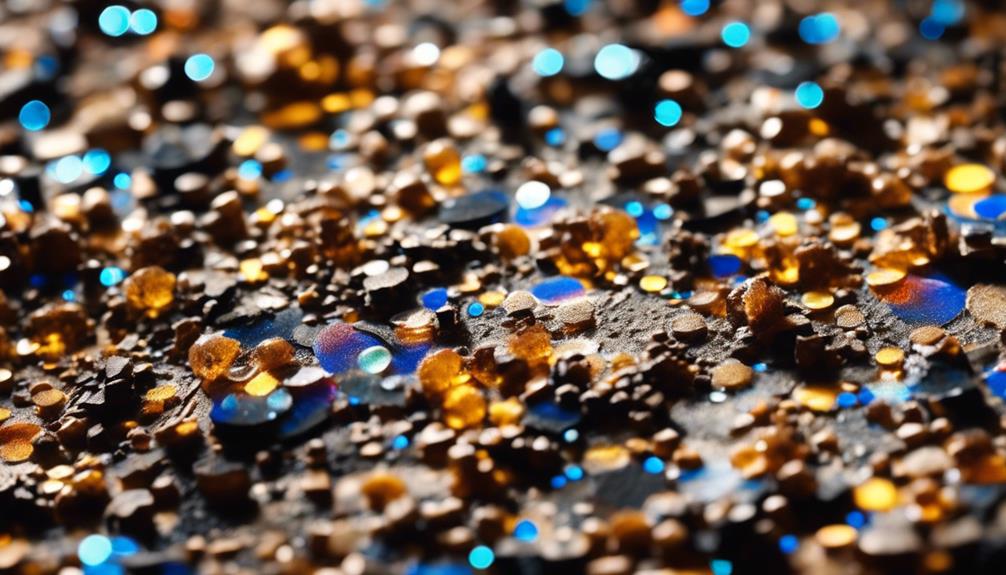
Liquid Nails adhesive is a versatile construction adhesive commonly used for bonding various materials. This innovative adhesive offers a strong, durable bond that is ideal for a wide range of applications in construction, woodworking, and DIY projects. Liquid Nails is designed to provide a reliable bond that can withstand harsh conditions, making it a popular choice among professionals and hobbyists alike.
One of the key features of Liquid Nails adhesive is its ability to bond a variety of materials, including wood, metal, concrete, and drywall. This versatility makes it a go-to product for projects that involve multiple surfaces. Whether you are working on a simple household repair or a large-scale construction project, Liquid Nails can offer the bonding strength you need.
In addition to its versatility, Liquid Nails adhesive is known for its ease of use. The adhesive comes in a convenient tube or cartridge that allows for precise application, minimizing waste and mess. With its quick-drying formula, Liquid Nails helps expedite project timelines, making it a valuable asset for any construction or DIY enthusiast.
Surfaces Liquid Nails Can Bond
When considering the adhesion capabilities of construction adhesives, the range of surfaces that a product can effectively bond plays a significant role in its practical utility. Liquid Nails, known for its strong bonding properties, can effectively adhere to a variety of surfaces, making it a versatile choice for many projects. Some of the surfaces that Liquid Nails can bond include:
- Wood: Liquid Nails is excellent for bonding wood materials together, making it ideal for carpentry projects and woodwork constructions.
- Drywall: This adhesive can securely bond drywall to various surfaces, providing a reliable hold for wall installations.
- Concrete: Liquid Nails is effective in bonding materials to concrete surfaces, offering a durable and long-lasting connection for construction applications.
The ability of Liquid Nails to bond to these diverse surfaces showcases its adaptability and reliability in various construction projects, making it a go-to choice for many professionals seeking innovative adhesive solutions.
Materials Liquid Nails Works With
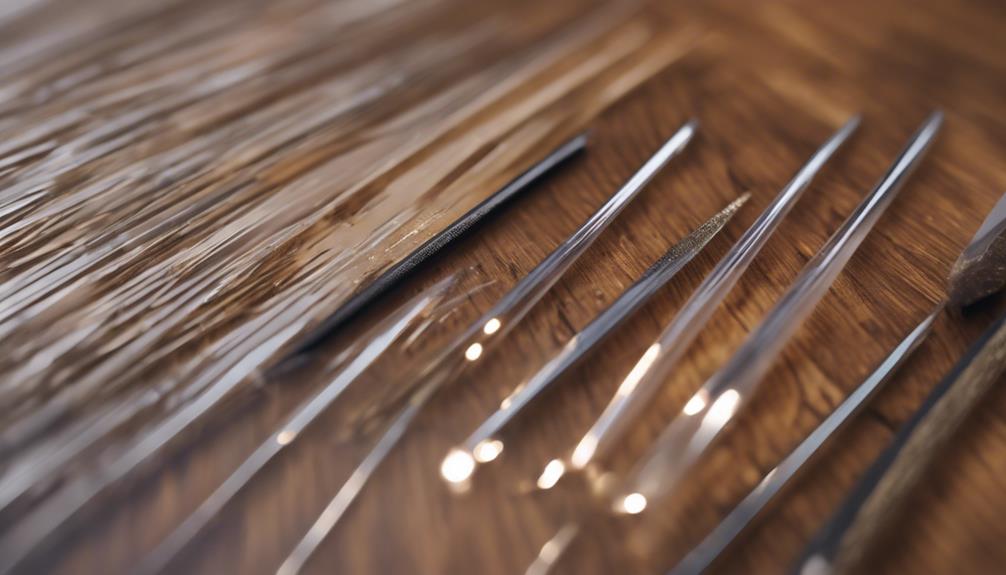
In construction applications, Liquid Nails demonstrates strong bonding capabilities with a variety of materials. From wood to concrete, metal to drywall, Liquid Nails offers a versatile solution for adhering different materials together. One of the key advantages of Liquid Nails is its ability to create durable bonds with porous materials like wood and concrete, providing a reliable hold that withstands varying environmental conditions. Moreover, Liquid Nails is also effective when working with non-porous surfaces such as metal or glass, showcasing its adaptability across a wide range of construction projects.
Beyond traditional building materials, Liquid Nails can successfully bond with plastics, foam, and even ceramics, expanding its utility in various applications. This versatility makes Liquid Nails a go-to choice for contractors and DIY enthusiasts seeking a reliable adhesive that can handle diverse material combinations. Whether you are working on a woodworking project, installing drywall, or repairing metal fixtures, Liquid Nails offers a dependable bonding solution that promotes efficiency and durability in construction endeavors.
Factors Affecting Adhesion Strength
Factors affecting adhesion strength play a crucial role in the performance of Liquid Nails. The type of surface being bonded, the application technique employed, and the environmental conditions such as temperature and humidity can significantly impact the strength of the bond. Understanding these factors is essential to achieve optimal results when using Liquid Nails for various bonding applications.
Surface Type Impact
The success of Liquid Nails adhesion depends significantly on the type of surface it is applied to. Different surface types can impact the adhesion strength of Liquid Nails due to their varying textures and compositions. Understanding how Liquid Nails interacts with different surfaces is crucial for achieving optimal bonding results. Factors like porosity, smoothness, and cleanliness play a vital role in determining the effectiveness of the adhesive.
- Porosity:
- High porosity surfaces may absorb the adhesive, reducing its bonding strength.
- Smoothness:
- Smooth surfaces provide better contact for the adhesive to adhere effectively.
- Cleanliness:
- Clean surfaces free of dust, grease, or debris promote stronger adhesion by allowing the adhesive to bond directly with the material.
Application Technique Importance
Effective application technique is paramount in ensuring the optimal adhesion strength of Liquid Nails to various surfaces. Proper application involves preparing the surface by cleaning it thoroughly to remove any dust, dirt, or grease that could hinder adhesion. Additionally, the correct amount of adhesive should be applied evenly to the surface, following the recommended guidelines provided by the manufacturer. Ensuring that the adhesive is spread uniformly and that the surfaces are pressed firmly together during the curing process will enhance the bonding strength. Attention to detail in the application process can significantly impact the final adhesion strength, making it crucial to follow the recommended application techniques for the best results.
Temperature and Humidity Effects
Maintaining specific environmental conditions such as temperature and humidity plays a significant role in determining the adhesion strength of Liquid Nails to different surfaces.
- Fluctuations in temperature can impact the curing process of Liquid Nails, affecting its bonding capability.
- High humidity levels might slow down the drying time of Liquid Nails, potentially weakening its adhesion strength.
- Extreme temperatures, either too hot or too cold, can lead to improper curing of Liquid Nails, compromising its ability to adhere effectively.
Understanding the effects of temperature and humidity on Liquid Nails is crucial for ensuring optimal adhesion performance, especially in innovative projects where strong and reliable bonding is essential.
Tips for Using Liquid Nails
When using Liquid Nails, proper surface preparation is key to ensure a strong bond, along with employing the correct application technique. These two factors, surface preparation and application technique, play a crucial role in maximizing the adhesive properties of Liquid Nails, ultimately leading to successful bonding outcomes. Following these tips will help users achieve optimal results when working with Liquid Nails.
Proper Surface Preparation
Prior to applying Liquid Nails, it is essential to ensure proper surface preparation to maximize adhesion and durability of the bond. To achieve the best results, follow these key steps:
- Clean the surface thoroughly to remove dirt, dust, grease, and other contaminants that could weaken the bond.
- Roughen smooth surfaces like metal or ceramic tiles using sandpaper to enhance the grip of the adhesive.
- Ensure the surface is dry before applying Liquid Nails to prevent any moisture from interfering with the bonding process.
Correct Application Technique
For optimal results when using Liquid Nails, adhere to recommended application techniques to ensure a strong and lasting bond between materials. Proper application is crucial for the effectiveness of the adhesive. Follow these tips for best results:
| Tip | Description | Benefit |
|---|---|---|
| Apply in Bead Form | Squeeze a consistent bead of adhesive onto the surface. | Ensures even coverage and bonding. |
| Use Adequate Amount | Apply enough adhesive to create a strong bond without excess squeezing out. | Prevents weak spots and wastage. |
| Secure with Clamps | Hold the materials together firmly using clamps until the adhesive dries. | Promotes a tight, secure bond. |
| Allow Proper Drying Time | Follow manufacturer's instructions for drying time before handling the bond. | Ensures maximum strength and durability. |
| Clean Excess Immediately | Wipe away any excess adhesive with a damp cloth before it dries. | Maintains a neat finish and prevents mess. |
Common Liquid Nails Application Mistakes
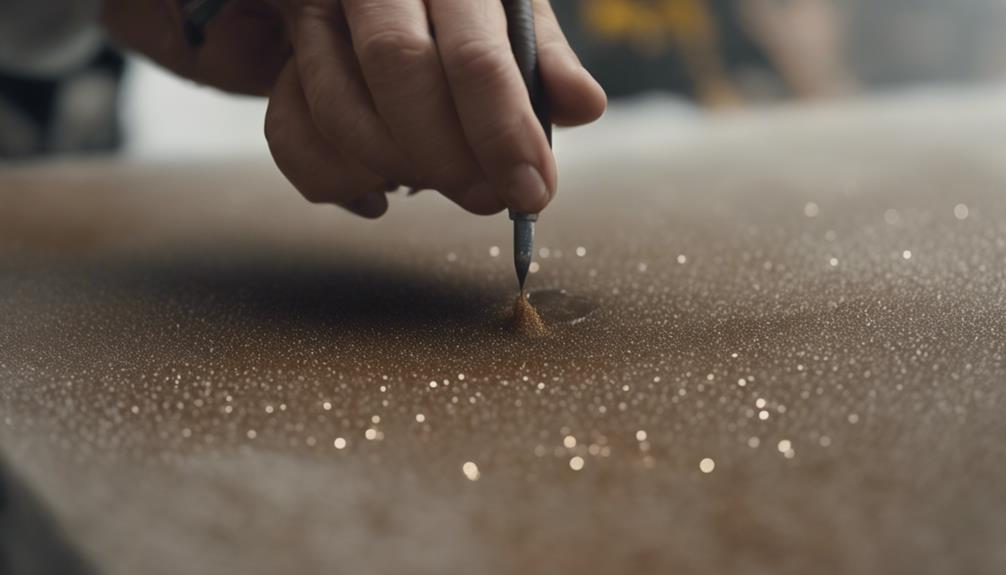
Applying Liquid Nails incorrectly can lead to compromised adhesion and structural integrity in your projects. To ensure the effectiveness of this adhesive, avoid the following common mistakes:
- Insufficient Surface Preparation: Inadequate cleaning or roughening of surfaces before applying Liquid Nails can hinder its bonding strength.
- Improper Application Technique: Applying too much or too little adhesive, using it in extreme temperatures, or not allowing sufficient drying time can all impact the bond quality.
- Ignoring Compatibility Guidelines: Using Liquid Nails on unsuitable materials or in applications beyond its recommended use can result in adhesion failure and project issues.
Removing Liquid Nails: How To Do It
When removing Liquid Nails, proper techniques and tools are essential to ensure a clean and efficient process. Liquid Nails, known for its strong adhesion, can be challenging to remove without the right approach. One innovative method is to use a heat gun to soften the adhesive, making it easier to peel off. Additionally, utilizing a putty knife or scraper can aid in gently lifting the softened Liquid Nails from the surface without causing damage.
To emphasize the importance of using the right tools and techniques, consider the following table:
| Tools | Techniques |
|---|---|
| Heat gun | Apply heat evenly |
| Putty knife | Use gentle pressure |
| Scraper | Work in small sections |
Frequently Asked Questions
Can Liquid Nails Be Used on Exterior Surfaces?
When considering the use of Liquid Nails on exterior surfaces, it is essential to evaluate its compatibility with various materials and weather conditions. Understanding the product's specifications and limitations ensures successful and durable adhesion.
Will Liquid Nails Work on PVC or Plastic Materials?
Liquid Nails is suitable for bonding PVC or plastic materials thanks to its strong adhesive properties. When applied correctly according to manufacturer instructions, Liquid Nails can effectively adhere to these surfaces for various projects.
Is It Safe to Use Liquid Nails on Surfaces That Will Be Exposed to Heat or Direct Sunlight?
When considering the application of adhesives to surfaces exposed to heat or direct sunlight, it is crucial to verify the product's temperature resistance and UV stability. Understanding these factors ensures long-lasting adhesion in challenging environments.
Can Liquid Nails Be Used to Adhere Glass to Other Materials?
Liquid Nails is a versatile adhesive that can effectively bond glass to various materials. Its strong bonding capabilities and durable hold make it a suitable choice for adhering glass in innovative projects and applications.
How Long Does It Take for Liquid Nails to Fully Cure and Reach Maximum Strength?
As Liquid Nails cures, it transforms, gaining strength like a blossoming flower reaching its full bloom. The curing time varies, typically taking 7-14 days to achieve maximum strength. Patience rewards with the bond's full potential.


